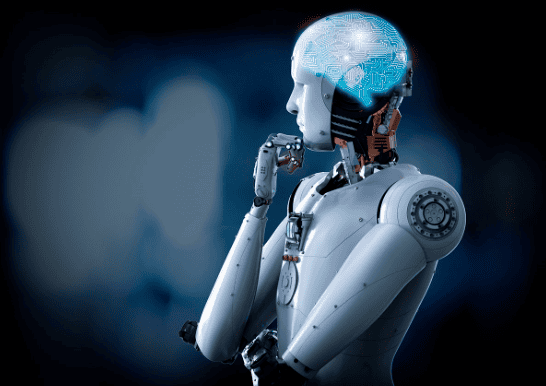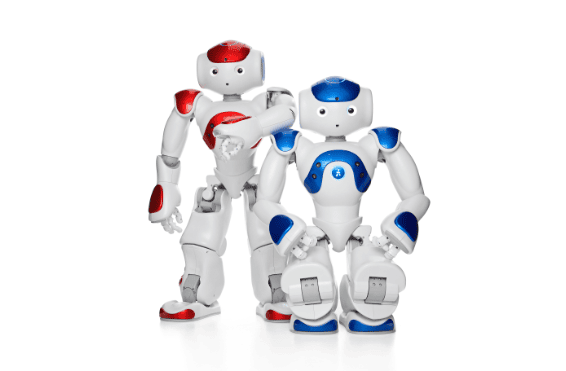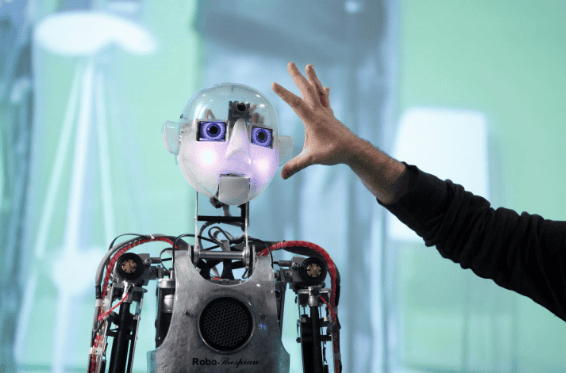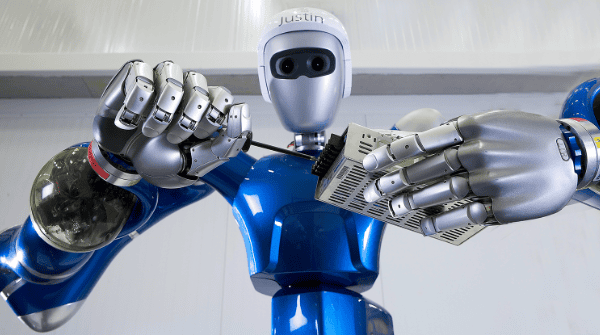
Expert in Camera Module Solution

Expert in Camera Module Solution

The robotics industry creates 3 million additional jobs between 2014 and 2020, led by consumer electronics and the electric vehicle industry.
By 2020, robotics is a $100 billion industry, equivalent in size to the worldwide medical tourism industry in 2012.
The rehabilitation robot market grows 40-fold between 2014 and 2020, fueled by advancements in rehab/therapy robots, active prostheses, exoskeletons, and wearable robotics.
Between 2017 and 2020, the use of robotics generate 2 million additional job positions.

2020 sees robotics gain momentum and become vital components in a number of applications. From swarms of “microbots” to self-assembling modular robots to strength-enhancing robotic exoskeletons, applications using robotics cut across industries and transform the way work is done. Robots paired with AI perform complex actions and are capable of learning from humans, driving the intelligent automation phenomenon.
Robotics technology in 2020:
1. Microbots allow emergency responders to explore environments that are too small or too dangerous for humans or larger robots; deploying them in “swarms” compensates for their relatively limited computational ability.
2. Exoskeletons allow users to augment their physical strength, helping those with physical disabilities to walk and climb, it also finds application in the military.
3. Body-machine interfaces help amputees to feed-forward controls that detect their will to move and also receive sensorial feedback that converts digital readings to feelings.
4. Modular robots bring forth LEGO® like robotic cubes that can arrange themselves in preset patterns to accomplish specific tasks.
5. Intelligent robots combine artificial intelligence and machine learning technologies to give robots human-like expressions and reactions.
6. Robotic strength increases as elastic nanotubes give robots muscles that are more compact and stronger than human muscles; allowing robots to outrun and out-jump humans.
7. Alternately powered robots use sources like solar, wind and wave energy to be powered indefinitely and open up applications in areas that are off-grid.
8. Robotic networks emerge and allow robots to access databases, share information and learn from one another’s experience.
9. Telepresence robots act as your stand-in at remote locations saving business travelers both time and money.

Key words: #Robotics #Robot #AI #ArtificialIntelligence #machinelearning #automation

The original article is from: http://government-2020.dupress.com/driver/robotics-technology/